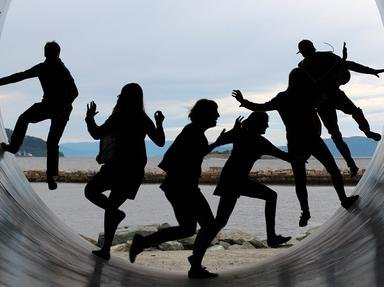Quiz Answer Key and Fun Facts
1. Although a ship's maiden voyage should be cause for celebration, the inaugural journey of some historic ships turned out to be also their last. Which 17th-century warship, named after a European royal house, sank almost immediately after leaving port?
2. The notorious (and probably fictional) torture device known as the Iron Maiden is associated with what historic German city, which acquired a high profile in the mid-20th century?
3. Which Greek goddess, the queen of the Underworld, was also known by the name of "Kore", meaning "the Maiden"?
4. Maiden Lane is a street in the Covent Garden area of London. Which great Romantic painter, known for magnificent works such as the one shown in the photo, was born there in 1775?
5. The English market town of Maidenhead, famous for its 18th-century bridge on the River Thames, is located in which county in South-East England, also home to Windsor Castle?
6. Which talented American actress, known for her role in an iconic sci-fi film series, starred in the Roman Polanski movie "Death and the Maiden"?
7. "The Snow Maiden: A Spring Fairy Tale" is an opera in four acts by which great Russian composer, known for "Flight of the Bumblebee"?
8. The striking Maiden Tower is one of the oldest buildings in the city of Baku, the capital of Azerbajian. What ancient religion, which originated in neighbouring Iran, has this monument been associated with?
9. What tree of Asian origin, characterized by beautiful, fan-shaped leaves, is also known by the common name of maidenhair tree?
10. Which European country - which on a map looks vaguely like a female form with one hand raised - is symbolized by a maiden dressed in white and blue?
Source: Author
LadyNym
This quiz was reviewed by FunTrivia editor
agony before going online.
Any errors found in FunTrivia content are routinely corrected through our feedback system.

